
Deutsch-Chinesische Enzyklopädie, 德汉百科
 Science and technology
Science and technology


益川敏英(日语:益川 敏英/ますかわ としひで Masukawa Toshihide ?,1940年2月7日—2021年7月23日[1]),日本物理学家,名古屋大学理学博士,京都大学名誉教授,专长基本粒子理论[2]。
益川教授以提出小林-益川模型而闻名于世,并因此与小林诚及南部阳一郎共同获得2008年的诺贝尔物理学奖[3][4][5]。
Toshihide Masukawa (japanisch 益川 敏英, Masukawa Toshihide; manchmal auch Maskawa romanisiert; * 7. Februar 1940 in Nagoya, Präfektur Aichi; † 23. Juli 2021 in Kyoto[1]) war ein japanischer Physiker, der durch seine Arbeiten an der CP-Verletzung bekannt wurde. Er erhielt im Jahr 2008 den Nobelpreis für Physik.
 France
France

 Ile-de-France
Ile-de-France


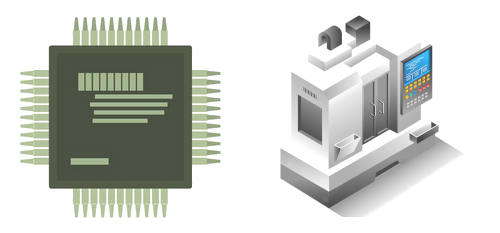 IT-Times
IT-Times
 HPC
HPC

 Companies
Companies
 *Big oil and gas companies
*Big oil and gas companies

 Economy and trade
Economy and trade

 Science and technology
Science and technology
 Global Innovators
Global Innovators



Toyoda Kiichirō (jap. 豊田 喜一郎; * 11. Juni 1894; † 27. März 1952) war ein japanischer Industrieller und der Sohn von Toyoda Sakichi, dem Gründer der Toyoda Loom Works.
Sein Vater Toyoda Sakichi veranlasste noch kurz vor seinem eigenen Tod seinen Sohn Toyoda Kiichirō, seinem Traum zu folgen und ein Automobilwerk aufzubauen. Kiichirō fällte die Entscheidung, dass die Toyoda Loom Works auch auf dem Automobilsektor tätig wurden, was zu jenem Zeitpunkt durchaus als risikoreiches Unternehmen betrachtet werden durfte. Er erschuf die Firma, die später einmal die Toyota Motor Corporation werden sollte.
Wegen Rückgang von Umsatz und Gewinn zog er sich im Jahre 1948 aus der Firma zurück; er starb vier Jahre später. Im Jahre 1957 wurde sein Cousin und Vertrauter Toyoda Eiji der Unternehmensleiter der Toyota Motor Corporation und verantwortete die erfolgreiche weltweite Expansion und den Start von Japans bekannter Nobelmarke Lexus.
Kiichirōs Sohn Shōichirō Toyoda (1925–2023) war von 1992 bis 1999 Chief Executive Officer (jap. daihyō-torishimariyaku-shachō) von Toyota, dessen ältester Sohn Akio Toyoda (* 1956) bekleidet diese Position seit 2009.
丰田喜一郎(日语:豊田喜一郎/とよだ きいちろう,1894年11月6日—1952年3月27日),日本企业家,丰田汽车创办人。1933年,于其父亲丰田佐吉的公司(丰田自动织机)内,成立汽车制造部门。1937年,把此汽车制造部门独立出来成立丰田汽车。

Toyoda Sakichi (jap. 豊田 佐吉; * 14. Februar 1867 in Kosai; † 30. Oktober 1930), Sohn eines Zimmermanns, wird als der König der japanischen Erfinder bezeichnet. Er hat zahlreiche Verbesserungen für Webstühle erfunden und ist der Gründer der Toyota Industries Corporation, Ltd.
丰田佐吉(日语:豊田佐吉/とよだ さきち,1867年3月19日(庆应3年2月14日)—1930年(昭和5年)10月30日)出生于远江国山口村(现静冈县湖西市),是日本发明家,实业家。他在东京的内国劝业博覧会看到外国的制织机,便独力发明“丰田式木制人力织机”,其后又发明“G型无停止杼替式丰田自动织机”。在生涯中取得发明专利84件、外国发明专利13件、实用新案35件[1]。
丰田佐吉设立了“丰田纺织”、“丰田纺织厂”、“株式会社丰田自动织机制作所”,是丰田集团的创始者。其子为丰田汽车的创立者丰田喜一郎。


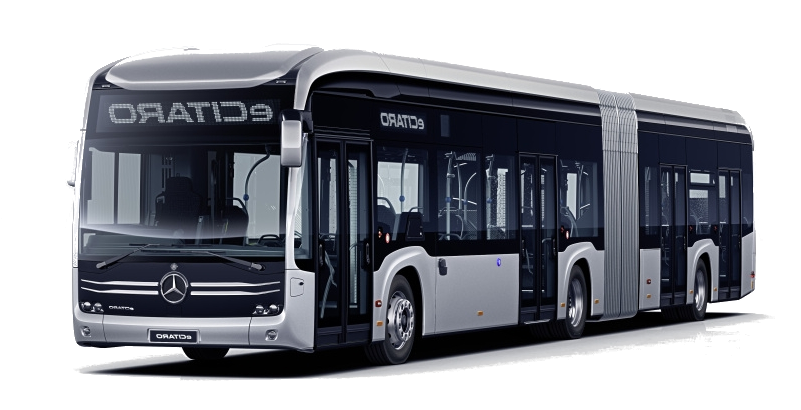
 Automobile
Automobile
 *Engine
*Engine



 Automobile
Automobile
 ***Technology
***Technology



 Automobile
Automobile
 *Commercial vehicles
*Commercial vehicles



 Automobile
Automobile
 Lexus
Lexus



 Automobile
Automobile



 Automobile
Automobile
 Daihatsu
Daihatsu



 Automobile
Automobile
 Hino
Hino



 Automobile
Automobile
 ISUZU
ISUZU



 Automobile
Automobile
 Subaru
Subaru



 Automobile
Automobile
 GAC
GAC



 Automobile
Automobile
 *Self-driving car
*Self-driving car



 Automobile
Automobile
 *Hydrogen propulsion
*Hydrogen propulsion
 Chūbu
Chūbu

 Energy resource
Energy resource

 Energy resource
Energy resource
 *****Energy storage
*****Energy storage
 Manufacturing and Innovation
Manufacturing and Innovation
 Japan
Japan
 Partner of the Paris 2024 organizing committee
Partner of the Paris 2024 organizing committee

 Companies
Companies
 *Big automaker
*Big automaker

 Science and technology
Science and technology
 Global Innovators
Global Innovators

Die Toyota Motor Corporation (japanisch トヨタ自動車株式会社, Toyota Jidōsha Kabushiki-gaisha) ist ein multinationales Unternehmen und einer der größten Automobilhersteller der Welt.
丰田汽车公司(日语:トヨタ自動車株式会社/トヨタじどうしゃ Toyota Jidōsha */?,英语:Toyota Motor Corporation),简称丰田(トヨタ,TOYOTA)是日本的跨国汽车公司,丰田亦是雷克萨斯(LEXUS)、大发(Daihatsu)及日野(HINO)品牌的母公司,并以20%股份成为斯巴鲁的最大股东,拥有马自达5.1%的股份。2020年起,丰田成为全球最大的汽车制造商。

中医学,亦称汉医学,是一种起源于中国汉族且至今已有千年历史的传统医学。与现代西方医学相比较时,其常被归入传统医学的范畴。因此,现今世界上的中医学的发展目标,多是追求自身的科学化和现代化。
目前华人圈的中医行业以中国大陆为主流,按照中华人民共和国全国科学技术名词审定委员会审定的名词,中医学是“以中医药理论与实践经验为主体,研究人类生命活动中健康与疾病转化规律及其预防、诊断、治疗、康复和保健的综合性科学”。
In der traditionellen chinesischen Medizin (TCM, chinesisch 中醫學 / 中医学, Pinyin zhōngyīxué – „Lehre der Chinesischen Medizin“, umgangssprachlich meist 中醫 / 中医, zhōngyī – „chinesische Medizin“[1][2], selten 漢醫學 / 汉医学, hànyīxué – „Lehre der Han-Medizin“) werden viele historisch unterschiedliche chinesische Behandlungsformen sowie einige diagnostische Modalitäten zusammengefasst. Die TCM beruht auf Annahmen, die der taoistischen Philosophie entstammen. Der Begriff wurde ursprünglich vom kommunistischen Politiker und Machthaber Mao Zedong eingeführt und gilt als ideologisch motiviertes Kunstprodukt.[3][4][5] Die „im Westen“ gebräuchliche Bezeichnung traditionelle chinesische Medizin ist in China unüblich.
Inertial Confinement Fusion: How to Make a Star
The idea for the National Ignition Facility (NIF) grew out of the decades-long effort to generate fusion burn and gain in the laboratory. Current nuclear power plants, which use fission, or the splitting of atoms to produce energy, have been pumping out electric power for more than 50 years. But achieving nuclear fusion burn and gain has not yet been demonstrated to be viable for electricity production. For fusion burn and gain to occur, a special fuel consisting of the hydrogen isotopes deuterium and tritium must first “ignite.” A primary goal for NIF is to achieve fusion ignition, in which the energy generated from the reaction outstrips the rate at which x-ray radiation losses and electron conduction cool the implosion.

All of the energy of NIF’s 192 beams is directed inside a gold cylinder called a hohlraum, which is about the size of a dime. A tiny capsule inside the hohlraum contains atoms of deuterium (hydrogen with one neutron) and tritium (hydrogen with two neutrons) that fuel the ignition process.
NIF was designed to produce extraordinarily high temperatures and pressures—tens of millions of degrees and pressures many billion times greater than Earth’s atmosphere. These conditions currently exist only in the cores of stars and planets and in nuclear weapons. In a star, strong gravitational pressure sustains the fusion of hydrogen atoms. The light and warmth that we enjoy from the sun, a star 93 million miles away, are reminders of how well the fusion process works and the immense energy it creates.
Replicating the extreme conditions that foster the fusion process has been one of the most demanding scientific challenges of the last half-century. Physicists have pursued a variety of approaches to achieve nuclear fusion in the laboratory and to harness this potential source of unlimited energy for future power plants.
See How ICF Works for a more detailed description of inertial confinement fusion.
Recipe for a Small Star
- Take a hollow, spherical plastic capsule about two millimeters in diameter (about the size of a small pea)
- Fill it with 150 micrograms (less than one-millionth of a pound) of a mixture of deuterium and tritium, the two heavy isotopes of hydrogen.
- Take a laser that for about 20 billionths of a second can generate 500 trillion watts—the equivalent of five million million 100-watt light bulbs.
- Focus all that laser power onto the surface of the capsule.
- Wait ten billionths of a second.
- Result: one miniature star.
In this process the capsule and its deuterium–tritium fuel will be compressed to a density 100 times that of solid lead, and heated to more than 100 million degrees Celsius—hotter than the center of the sun. These conditions are just those required to initiate thermonuclear fusion, the energy source of stars.
By following our recipe, we would make a miniature star that lasts for a tiny fraction of a second. During its brief lifetime, it will produce energy the way the stars and the sun do, by nuclear fusion. Our little star will produce ten to 100 times more energy than we used to ignite it.

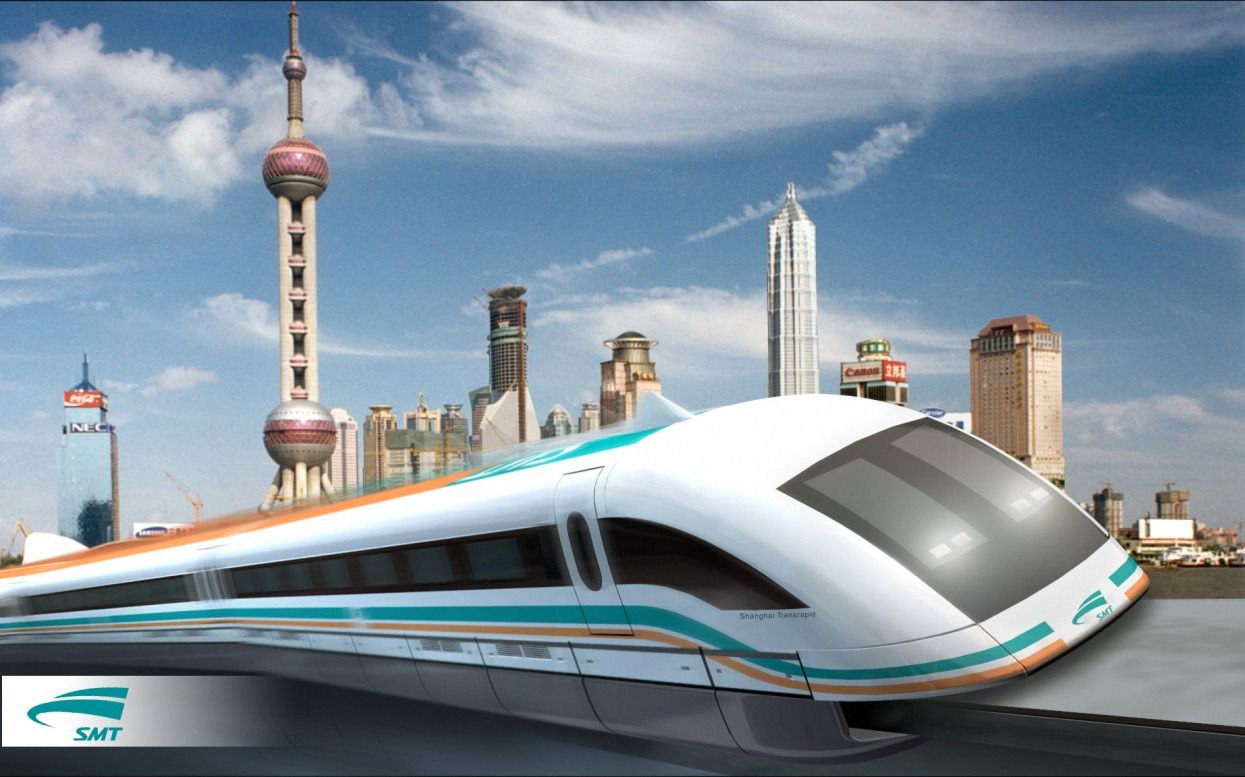
电磁悬浮是对车载的悬浮电磁铁励磁而产生可控制的电磁场,电磁铁与轨道上长定子直线电机定子铁芯相互吸引,将列车向上吸起,并通过控制悬浮励磁电流来保证稳定的悬浮间隙。电磁铁与轨道之间的悬浮间隙一般控制在8~12mm。 高速磁浮铁路系统由线路、车辆、供电、运行控制系统等四个主要部分构成。 线路:线路引导列车前进方向,同时承受列车荷载并将之传至地基。线路上部结构为用于联结长定子的精密焊接的钢结构或钢筋混凝土结构的支撑梁,下部结构为钢筋混凝土支墩和基础。 车辆:车辆是高速磁浮客运系统中最重要的部分,包括悬浮架和其上安装的电磁铁、二次悬挂系统和车厢。此外还有车载蓄电池、应急制动系统和悬浮控制系统等电气设备。 供电:供电系统包括变电站、沿路供电电缆、开关站和其它供电设备。磁浮列车供电系统通过给地面长定子线圈供电提供列车运行所需的电能。首先,从110kV的公用电网引入交流高压电,通过降压变电器降至20kV和1.5kV,然后整流成为直流电,再由逆变器变成0~300Hz交流电,升压后通过线路电缆和开关站供给线路上的长定子线圈,在定子和车载电磁铁之间形成牵引力。磁浮列车系统的整流、变流及电机定子等设备均在地面,对设备的体积和重量以及抗振性能没有严格要求。 运行控制系统:运行控制系统是整个磁浮交通系统正常运转的根本保障。它包括所有用于安全保护、控制、执行和计划的设备,还包括用于设备之间相互通讯的设备。运行控制系统由运行控制中心、通讯系统、分散控制系统和车载控制系统组成。
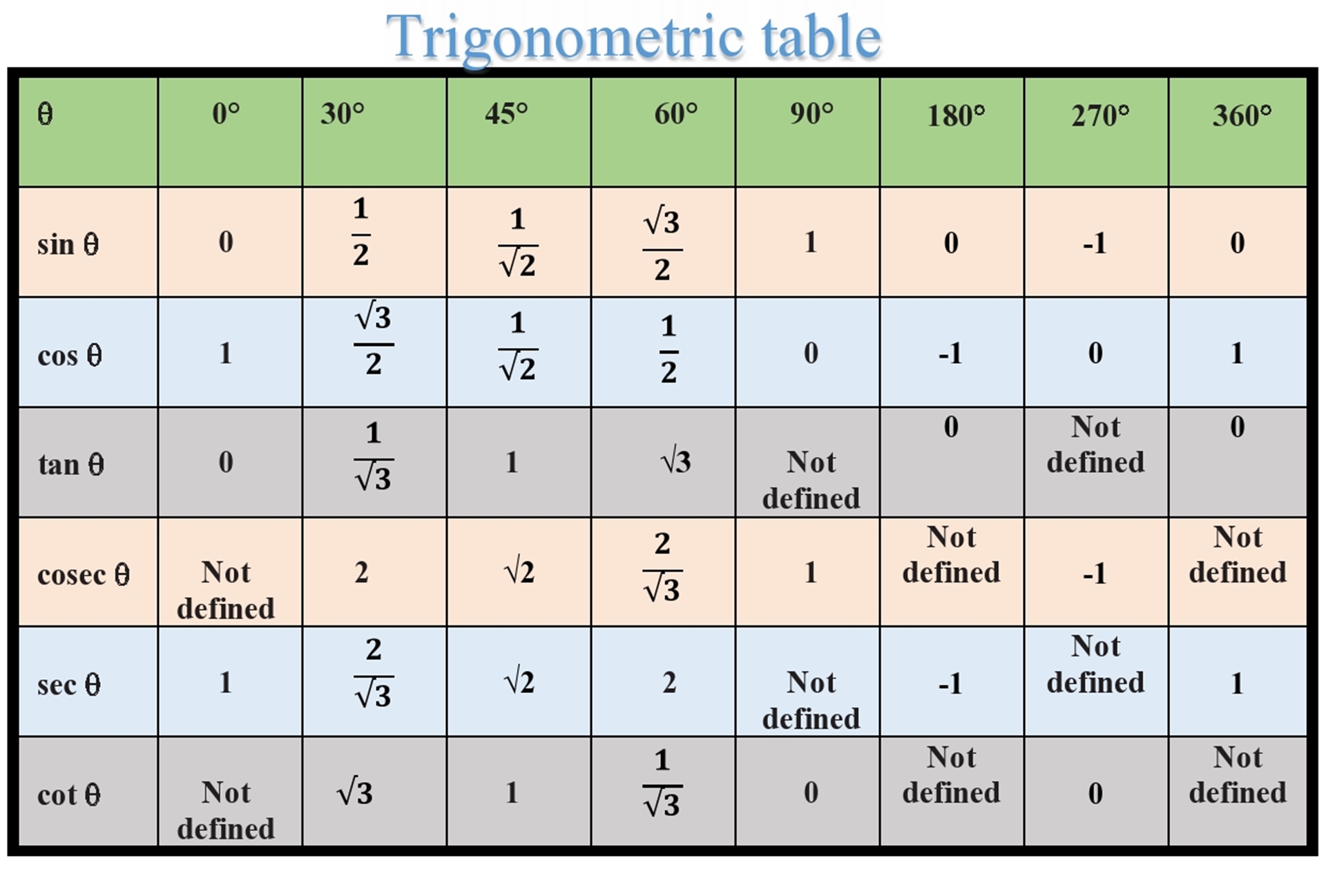
 Education and Research
Education and Research
 Medical, Pharmaceutical, Rehabilitation
Medical, Pharmaceutical, Rehabilitation
 Important disciplines
Important disciplines
 Traditional medicine
Traditional medicine
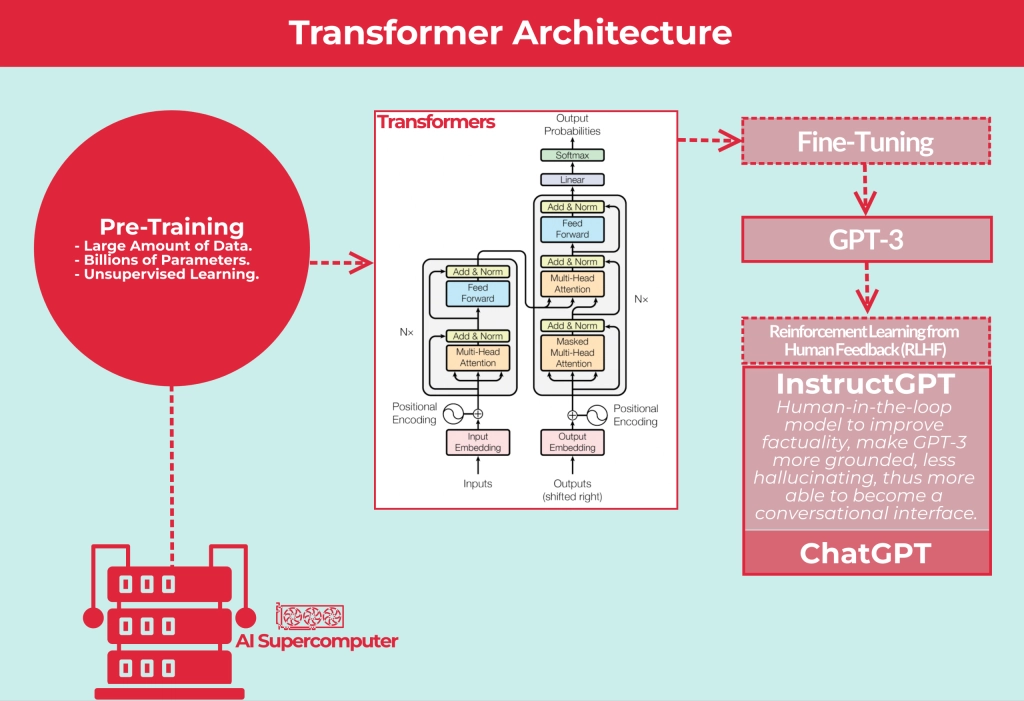
 History
History